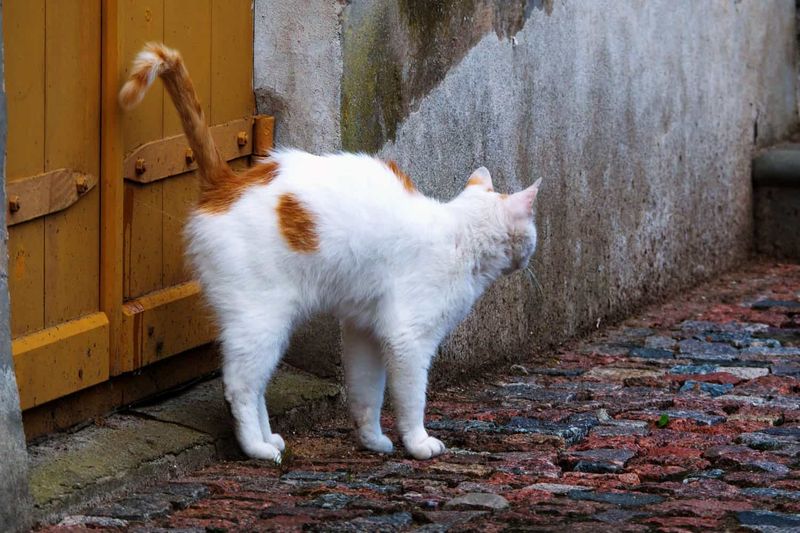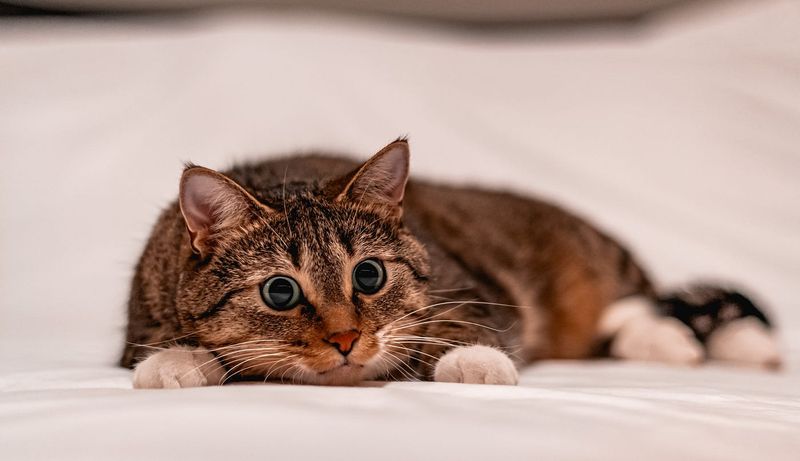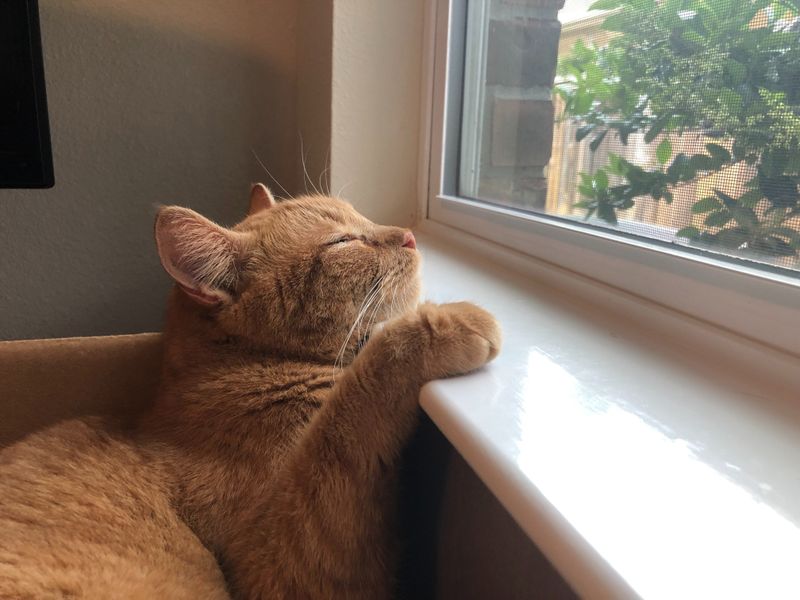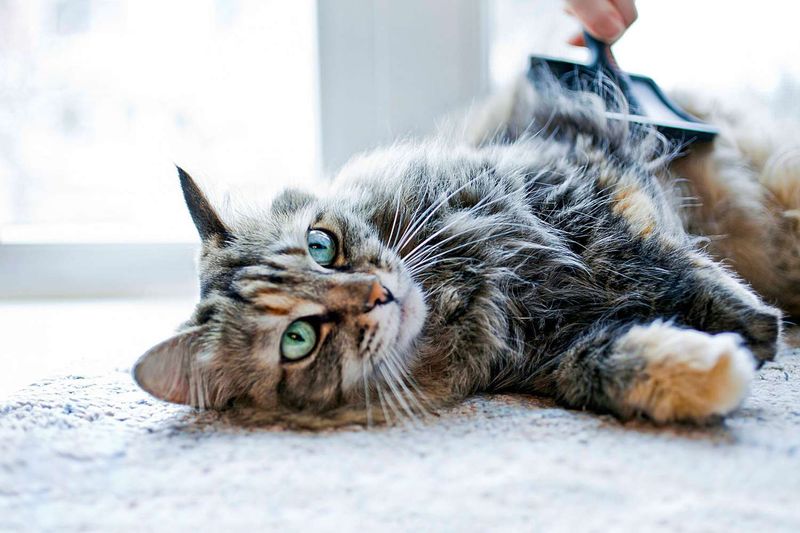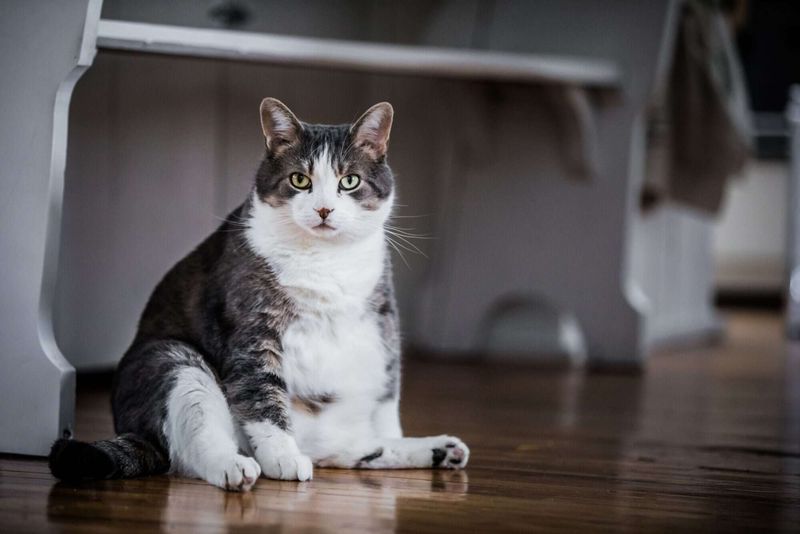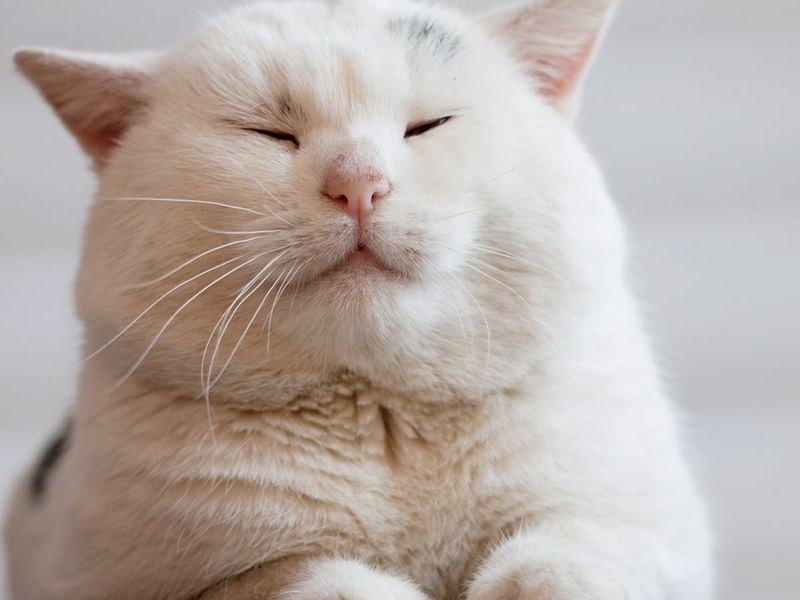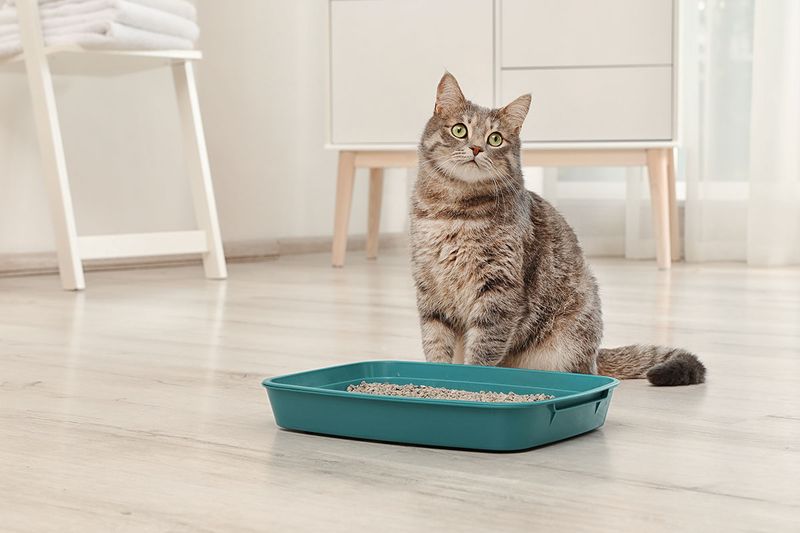📖 Table of Content:
- 1. Reduced Spraying and Territorial Marking
- 2. Lower Aggression Levels
- 3. Decreased Roaming Tendencies
- 4. Delayed Physical Maturity
- 5. Reduced Risk of Certain Cancers
- 6. Potential for Weight Gain
- 7. Changes in Coat Texture or Thickness
- 8. Lower Stress and Anxiety in Multi-Cat Homes
- 9. Possible Impact on Urinary Tract Health
Deciding when to neuter a cat is one of the most important health and welfare choices an owner can make. While the general consensus in the veterinary world supports neutering as a responsible practice, the timing of the procedure remains a topic of ongoing debate. Some experts advocate for early neutering—often as young as 8 to 16 weeks—while others argue it’s better to wait until a cat reaches sexual maturity.
Early neutering is often promoted by shelters and rescue organizations aiming to reduce overpopulation. By sterilizing kittens before adoption, these groups help prevent unintentional litters and reduce the burden on already overcrowded animal shelters. However, critics of early neutering caution that interfering with a cat’s natural hormonal development too soon may lead to unintended physical or behavioral consequences later in life.
So, what exactly changes when a cat is neutered at a young age? From shifts in temperament to alterations in growth patterns, the effects can vary depending on the individual cat, their environment, and their post-op care. Here are 9 ways early neutering can impact a cat’s behavior and body—some expected, some surprising.
1. Reduced Spraying and Territorial Marking
One of the most immediate behavioral benefits of early neutering is the reduction—or complete prevention—of spraying. Male cats, in particular, often begin marking territory with pungent urine once they reach sexual maturity. By neutering before this behavior develops, the hormonal drive behind it can be significantly diminished. Female cats can also mark territory, although it’s less common, and spaying early may prevent this entirely. Owners often report that early-neutered cats are cleaner, with fewer odor issues in the home. This makes for a more harmonious indoor environment and easier litter box training. It’s a major reason many shelters insist on pre-adoption sterilization.
2. Lower Aggression Levels
Cats that are neutered early tend to show lower levels of aggression, particularly male cats. The removal of testosterone-producing organs reduces hormone-driven behaviors like fighting and dominance displays. This can make a noticeable difference in multi-cat households or when introducing a new pet. Early-neutered cats are less likely to challenge other animals or bite during play or stress. While neutering doesn’t eliminate all forms of aggression—fear or pain-based behaviors may still occur—it does reduce sexually motivated aggression. This helps foster a calmer, more predictable temperament overall. It’s especially valuable in community cat colonies, where intact males often battle for territory and mates.
3. Decreased Roaming Tendencies
Cats that haven’t been neutered are more prone to wander in search of mates, which puts them at greater risk of injury or getting lost. Early neutering can suppress this urge before it ever fully develops. As a result, these cats often stay closer to home and are easier to contain indoors or in safe outdoor enclosures. The drive to seek out a mate can lead intact cats to escape through windows, tear through screens, or dart through open doors. Reducing this instinct makes them safer and easier to manage. For indoor cats, it also translates to less pacing, howling, and restlessness. Early neutering helps channel a cat’s energy into play and bonding rather than reproductive pursuits.
4. Delayed Physical Maturity
When neutered at a young age, the closure of cats’ growth plates can be delayed slightly. This often results in cats that grow a bit taller and leaner than their late-neutered or intact counterparts. While this may not affect their health significantly, it does alter their adult physique. Some breeders and veterinarians worry that disrupting the hormonal cues involved in physical development could have unknown long-term consequences. However, most early-neutered cats live healthy lives with no obvious orthopedic issues. It’s worth noting that the visual difference might be subtle and more noticeable in certain breeds. Overall, early neutering can change the way a cat looks, even if it doesn’t compromise their well-being.
5. Reduced Risk of Certain Cancers
Spaying females before their first heat drastically reduces the risk of mammary cancer, and neutering males eliminates the risk of testicular cancer. Such preventive measures can extend a cat’s lifespan, offering owners more time with their beloved pet. These health benefits are substantial, ensuring a healthier life journey. Veterinarians often recommend early neutering as a responsible choice for long-term health. By reducing cancer risks, owners can focus on creating happy memories rather than worrying about future illnesses. Neutering becomes a valuable part of responsible pet ownership, safeguarding feline health.
6. Potential for Weight Gain
A commonly cited downside of early neutering is an increased risk of weight gain. When reproductive hormones are removed early, a cat’s metabolism may slow down, and their appetite may increase. This combination can quickly lead to obesity if feeding and activity aren’t carefully managed. However, this isn’t a guaranteed outcome—it’s largely dependent on diet, lifestyle, and breed. Cats who are kept active with toys and fed appropriately portioned meals can maintain a healthy weight regardless of neutering age. Owners should be mindful of calorie needs, especially after surgery, and adjust feeding habits accordingly. With the right care, early-neutered cats can be just as lean and healthy as any other.
7. Changes in Coat Texture or Thickness
Some cat owners notice a change in their pet’s coat after early neutering, especially among longhaired breeds. The fur may become softer, fluffier, or even appear slightly thicker over time. This is likely due to the hormonal shift that affects hair growth and oil production in the skin. While this isn’t dangerous, it can alter a cat’s appearance and grooming needs. Some cats may need more frequent brushing to prevent matting or tangles. On the upside, many people find the coat change appealing and enjoy the plush, kitten-like feel. It’s a subtle effect, but worth noting for those concerned with breed aesthetics or coat care.
8. Lower Stress and Anxiety in Multi-Cat Homes
In multi-cat households, early-neutered cats often integrate more peacefully than intact or late-neutered cats. The absence of hormone-driven behaviors reduces competitiveness and territorial disputes. Early-neutered cats are generally more sociable and less anxious, particularly when introduced to new companions. Since they don’t experience mating urges, they’re less likely to become frustrated or agitated around other animals. This makes for a more stable social dynamic and fewer conflicts. In rescue or foster environments, early neutering is frequently used to reduce behavioral tension in group settings. A more relaxed temperament can be the key to long-term harmony in shared living spaces.
9. Possible Impact on Urinary Tract Health
Some studies have suggested that early neutering in male cats might be linked to a slightly higher risk of urinary tract blockages. This is because the urethra may remain narrower if neutering occurs before puberty. A narrower urethra can make it more difficult to pass crystals or debris, especially in cats prone to urinary issues. That said, many veterinary experts argue that the risk is small and can be minimized with proper hydration and diet. High-moisture foods, clean water access, and urinary health formulas can help offset this concern. Most early-neutered male cats never experience urinary problems. Still, it’s something owners and vets should be aware of when planning preventive care.

